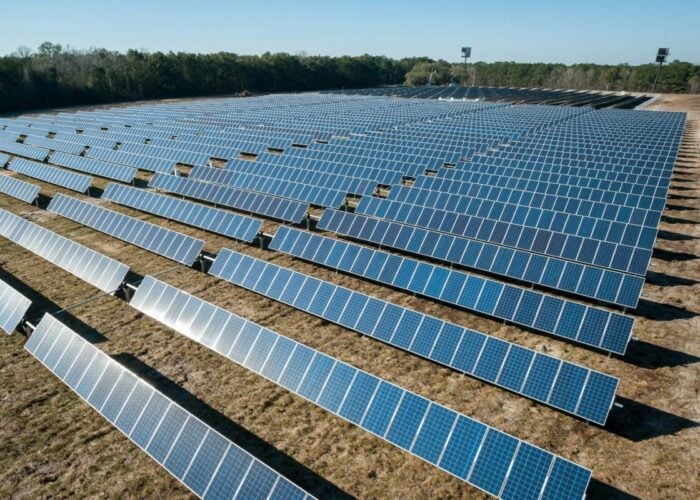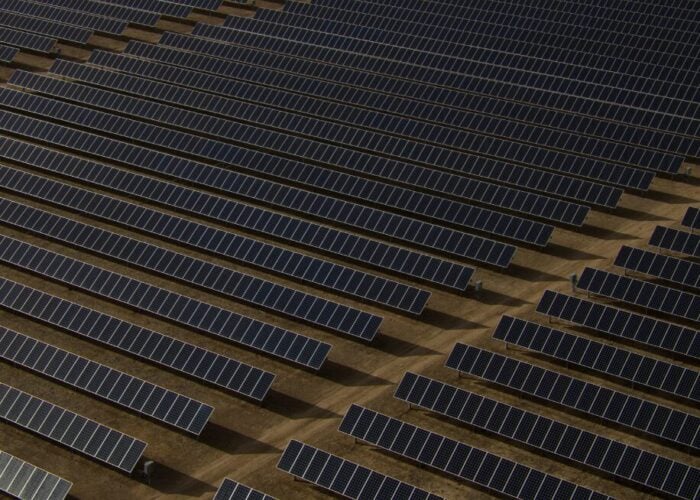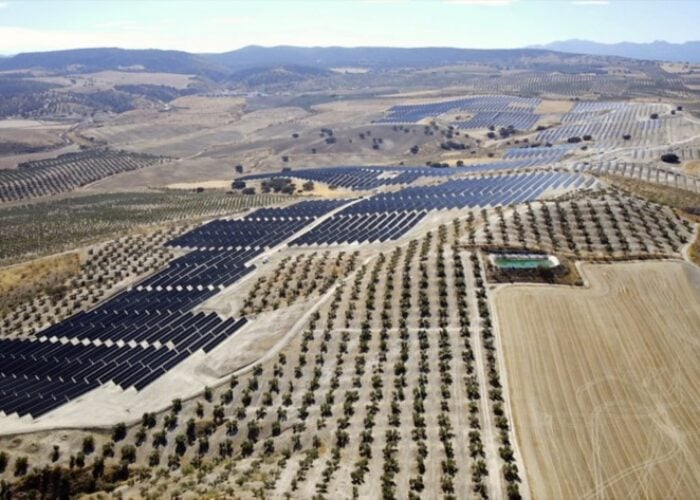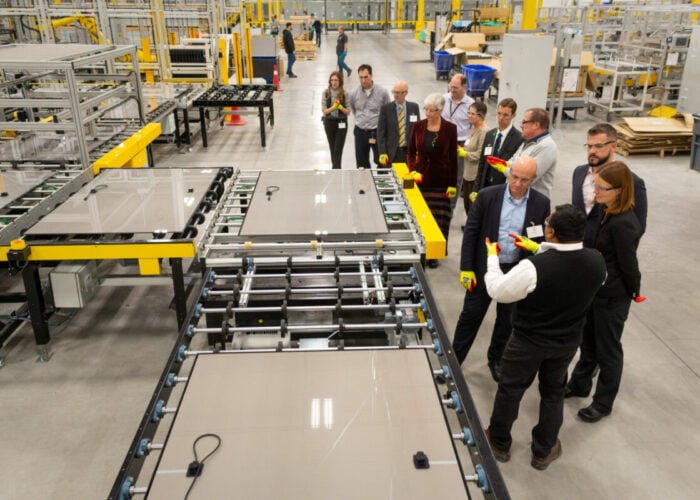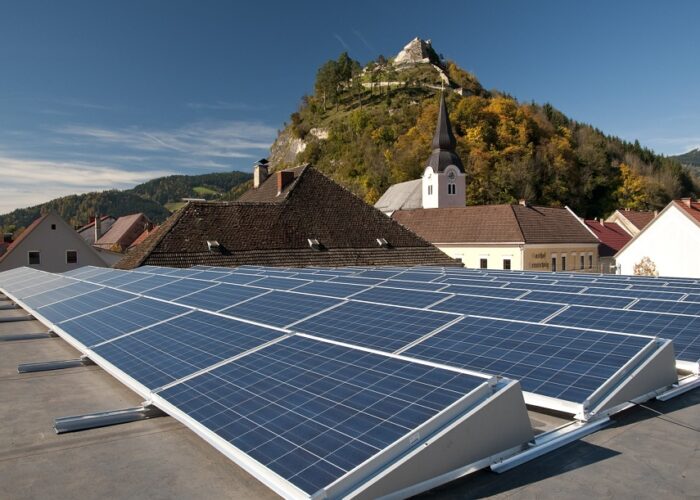China's tier I crystalline-silicon PV module manufacturers are on course to cut production costs to 36c per watt by the end of 2017, a reduction of 14c from costs at the end of 2012, according to a report from GTM Research published yesterday.
Shyam Mehta, senior analyst at GTM Research and the author of PV Technology and Cost Outlook, 2013-2017, said that the cost declines would not be not dramatic.
Try Premium for just $1
- Full premium access for the first month at only $1
- Converts to an annual rate after 30 days unless cancelled
- Cancel anytime during the trial period
Premium Benefits
- Expert industry analysis and interviews
- Digital access to PV Tech Power journal
- Exclusive event discounts
Or get the full Premium subscription right away
Or continue reading this article for free
“The first glance reading of this number has been received with a little bit of shock by some sections of the industry,” he told PV Tech. “But if you compare it to the last three to four years, the decline is an implied annual reduction of only about 6.5% from 2012 to 2017. So that's much smaller than what we've seen in the last few years.
“There's a little bit of optics or psychology at play. The industry has thought that anything below 50c per watt is just not possible or sounds unrealistic but there's no reason to believe that intrinsically.”
Manufacturers such as Jinko Solar, Renesola, Trina Solar and Yingli Green Energy will derive the majority of their cost reductions from technology innovations such as diamond wire sawing for PV wafers, advanced metallisation solutions and increased automation in place of manual labour.
“About 80% of that 14c per watt cost decline between now and 2017 is coming from either technology innovations or increased use of automation in the manufacturing process specific to China,” said Mehta.
Processes for many aspects of PV module manufacture have to date largely been done by hand in China, such as tabbing and stringing to make cell strings, he said.
“China has been experiencing significant labour inflation over the past few years. Over the next five years that heavy emphasis on labour intensity starts to hurt the Chinese manufacturers – it has saved them money on the capital expenditure of equipment but it starts to prove more of a liability than benefit past the 2015 timeframe.”
Mehta said that the GTM Research report did not necessarily forecast disruptive technologies but “incremental or retrofittable solutions are going to be implemented through upgrades”.
Adoption of thinner sawing wires could cut wafer thickness from 180 microns to 160 microns and reduce sawing loss, while diamond cutting wire could become more widespread in the industry due to 50% cost reductions over the past two years, he said.
“Diamond wire for monocrystalline sawing saves around a couple of cents a watt. That sounds small, but where wafer costs are right now, it's actually quite meaningful. Diamond wire cutting is going to grow and spread across the industry to the point where we do think it will become the dominant technology for monocrystalline, although it's not quite where it needs to be for multicrystalline.”
Selective emitter efficiency technology could also improve efficiencies at an annual rate of around .2% a year, he added.
“Efficiency is an important lever for reducing manufacturing costs – we do expect continuing improvements in conversion efficiency at the cell and modular level which is also going to drive costs down,” he said. “At a gram per watt level or litre per watt level they reduce material costs and reduce your employee costs per megawatt.”
Cost reductions would also be driven by market oversupply for consumable components such as encapsulant glass, junction boxes, silver paste and sawing wire slurry.
“All of these consumables have also dropped significantly in price compared to what the levels were in 2010,” he said. “There had been a big build up of pure play manufacturers for these products in China in 2010 and 2011. But there's a similar kind of manifestation of oversupply just as in the more well known solar components and materials like silicon.”
Mehta added that GTM's forecast for the price of silicon out to 2015 would remain flat, at $18 dollars per kilo.


